.jpg)
MİGHTY SOVEREİGNS OF OTTOMAN THRONE: SULTAN OSMAN III
Sultan Osman III was the 25th Ottoman sultan and the 90th of the Islamic caliphs. He was the son of Sultan Mustafa II and was born in Edirne in 1699 to Şehsuvar Haseki. His father was deposed when he was 4 years old.
Sultan Osman was educated in the palace. He would accompany his uncle, Sultan Ahmed III, during his travels to Istanbul and abroad. He became heir apparent when his older brother ascended the throne. He waited for the throne for 24 years. He was the şehzade (prince) that waited for the throne the longest in Ottoman history. During this time, besides reading books on various sciences, he was busy with wood carving as a hobby.
Sultan Osman ascended to the throne upon the death of his elder brother, Sultan Mahmud I, on Dec. 13, 1754. He is the third-oldest sultan to ascend the throne. When each sultan came to the throne, a fee called "cülusiye" was taken from the officials who were given land called "tımar," "zeamet" and "mukata" to renew the edict in their hands. But because the treasury was full, Sultan Osman III abolished this tax.
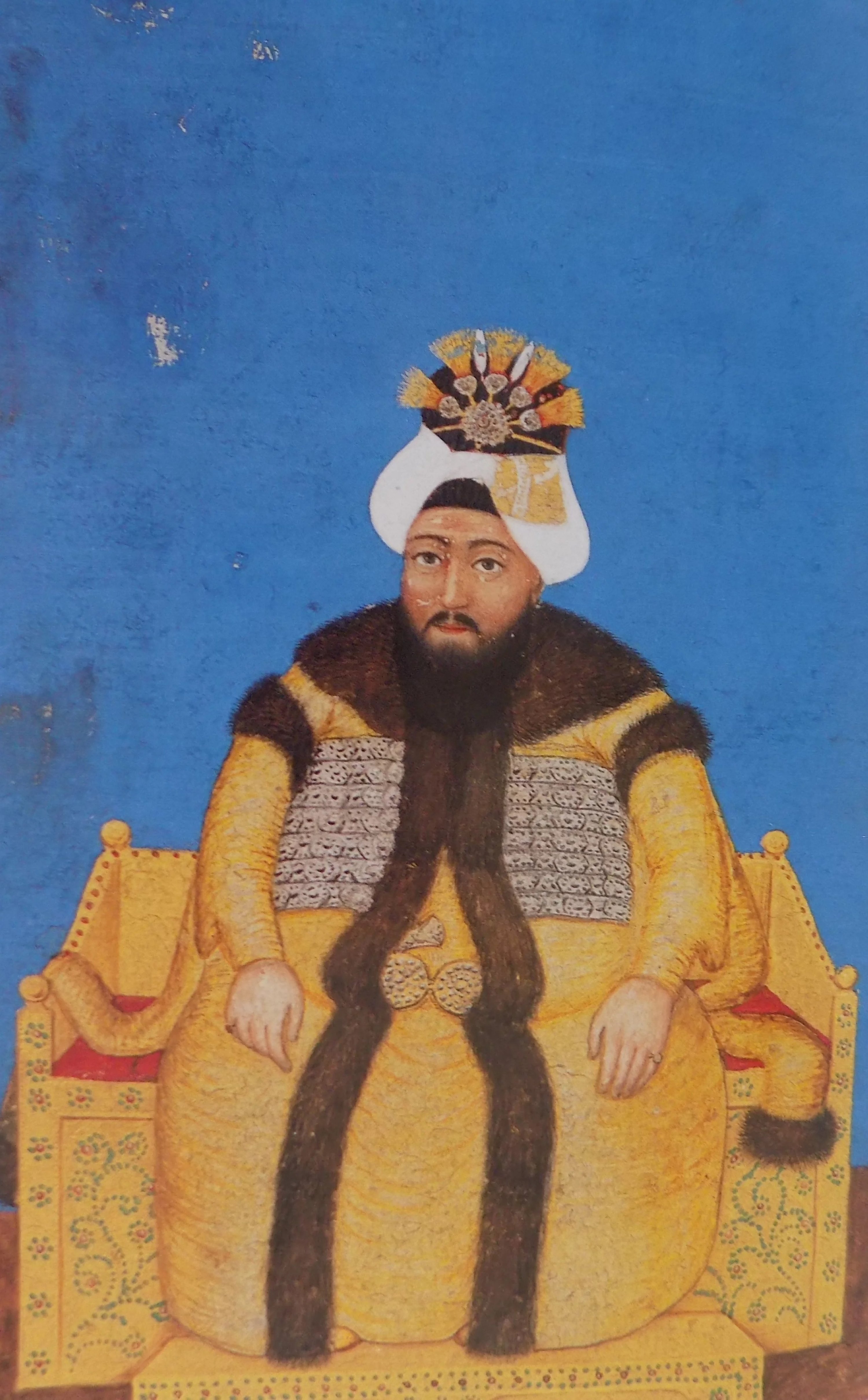
Peace and quiet
The reign of Sultan Osman began with peace and quiet. The period of peace that started with the Treaty of Belgrade continued. There were some incidents on the Russian border and although there was fear of a war, it did not happen. Mamluk beys revolted in Egypt and were suppressed quickly. The grand vizier was dismissed for his negligence in this incident.
Although the grand vizier was replaced with Hekimoğlu Ali Pasha, one of the grand viziers of Sultan Mahmud I, his strong personality could not match the short-tempered and meticulous Sultan Osman. He complained of his interference in government affairs. Thereupon, the sultan said, "I may dismiss you. I could make hammalbaşı (Head Porter) Ali Ağa the grand vizier." To this, the proud grand vizier replied, “Then it will be Hammal (Porter) Ali Pasha, not Hekimoğlu Ali Pasha.” So, the sultan dismissed him from his post.
According to some, Sultan Osman tried to show that he did not want to give the control of the government to the bureaucrats by frequently dismissing the grand viziers – seven times in three years. During his elder brother's reign, the grand vizierate had gained a dominant position in the administration of the country. Corruption, lying, negligence in fires and complaints of the people were cited as reasons for the dismissal of the grand viziers during the reign of Sultan Osman III. As a matter of fact, the main reason was to calm the negative psychology among the people caused by the earthquakes, floods and fire disasters that occurred in his short reign.
After finding the great statesman Koca Ragıp Pasha, Sultan Osman felt comfortable. During his reign, four sheikh al-Islams (chief judges) served. Abu Kuf Ahmed Agha, the chief of Darüssaade (the section of the palace that includes the harem and private chambers of the sultan’s family), whom he had known since his time as a şehzade, was very important in the eyes of the sultan. For this reason, it is thought that Abu Kuf Ahmed Agha had a role in appointments and dismissals. Historian Şemdanizade says that Sultan Osman III had a strange disposition that no one could follow.
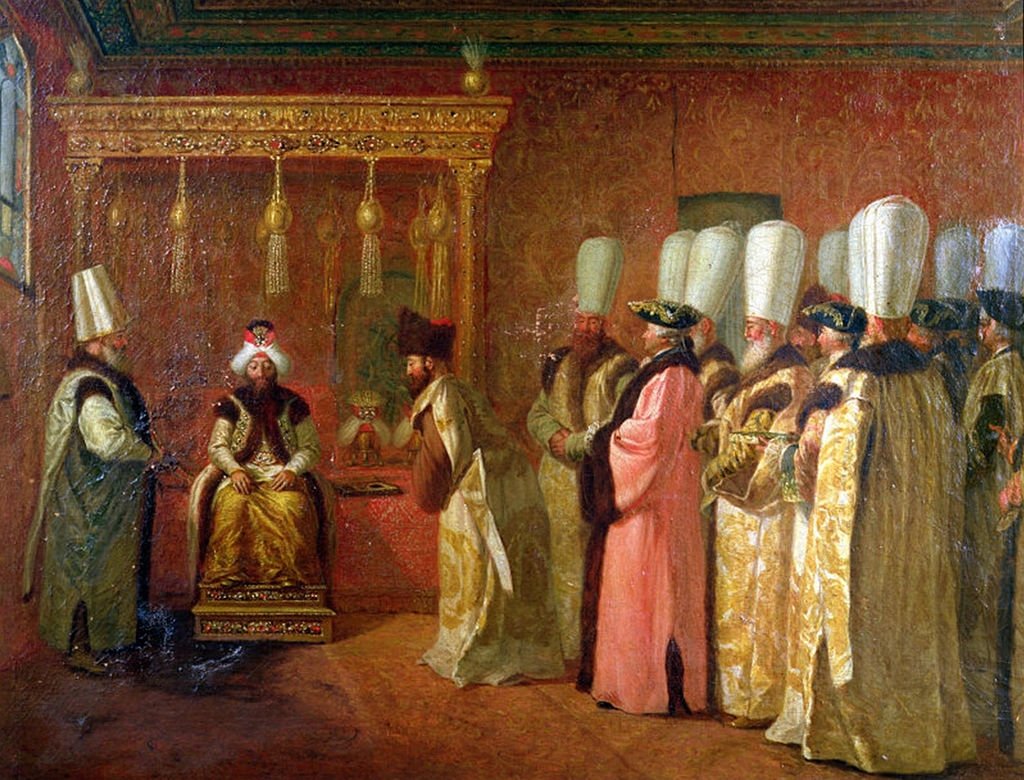
Logic and reason
Sultan Osman's mother, Şehsuvar Valide Sultan, died on April 27, 1756. A few months later, on Dec. 22, 1756, the son of the sultan's uncle, Crown Prince Mehmed, passed away. It was rumored that the şehzade, who died from the plague at the age of 42 and whose funeral was attended by 5,000 people, was poisoned by the sultan.
Şehzade Mustafa meanwhile, who was older, survived because he had been afraid of such poisoning for a long time and had been consuming poison to build up a resistance; thus he survived. The reason why Sultan Osman changed the grand viziers frequently was to have the şehzades, who were his uncle's sons, killed.
However, Köse Mustafa Pasha, who was accused of committing the murder on behalf of the sultan, was made grand vizier and a groom by Sultan Mustafa III, the brother of the killed şehzade and the future sultan. If the murderer's claims were true, it could not be expected that Sultan Mustafa would appoint someone who killed his own brother to this office.
French author Alphonse de Lamartine said: "It is said that Sultan Osman III killed his nephew Mehmed, who died of natural causes, without any evidence, by poisoning him. He hasn't had any children. Such a move would not be of any benefit to him in the future. This has nothing to do with the truth.”
After 40 days, Sultan Osman died and Mehmed's brother Mustafa took the throne. Unfortunately, Lamartine is more logical and fair-minded than some Turkish historians. The only severe punishment that the sultan carried out in his life was the execution of the Grand Vizier Bıyıklı Ali Pasha, who was accused of bribery after starting to act unprofessionally due to the sultan's favor. Sultan Osman later regretted this punishment.
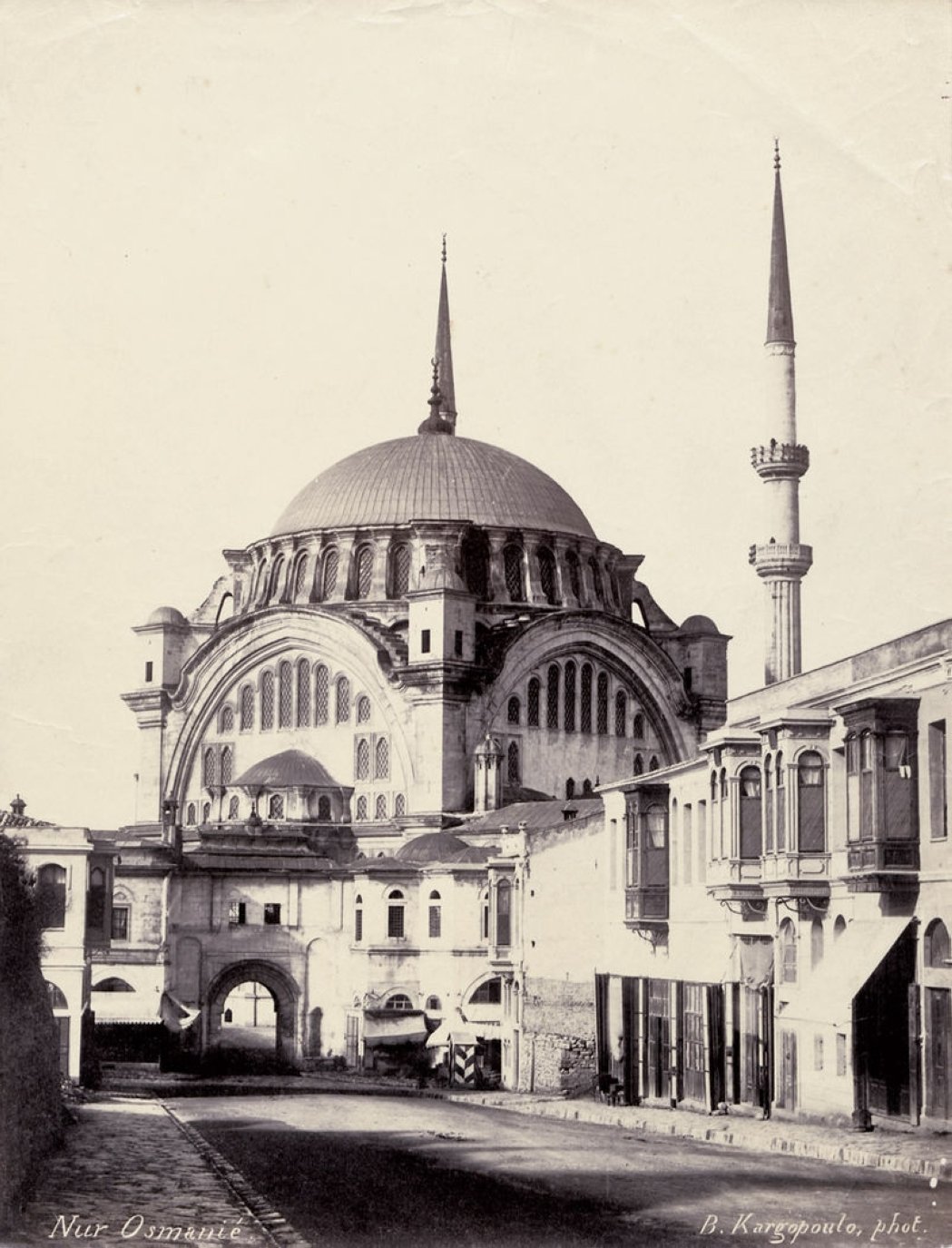
Ice and Fire
The winter was very severe in the year when Sultan Osman ascended the throne. In January 1755, the Golden Horn froze. People crossed the sea on foot. The poet Hakim recorded the moment by saying, "In sixty-eight (1068 AH) the sea became ice, I crossed the sea of ice." There were also two minor earthquakes, one flood and four major fires.
The fire that broke out in Istanbul's Mahmutpaşa on Dec. 22, 1754, continued for 18 hours; the fire at Kadırga port on July 12, 1755, lasted for 15 hours. But the Hocapaşa fire, which broke out on Sept. 29, 1755, spread to four areas and turned into a great disaster that lasted for 36 hours.
The Hagia Sophia, Bahçekapı and Mahmutpaşa districts were reduced to rubble. Since the offices of the grand vizier, called Paşakapısı, were also burned down, the grand vizierate was transferred to Esma Sultan Palace in Kadırga port for a while. The Soğukçeşme Gate of the palace was opened to the public to carry their belongings inside. While extinguishing the fire, 328 janissaries were injured. Sultan Osman gave them gifts.
The fire that started around Cibali on the night of July 5, 1756, and spread to 13 areas lasted two days. Unkapanı, Süleymaniye, Şehzadebaşı, former janissary barracks, Langa, Zeyrek, Saraçhane, Etmeydanı, Aksaray, Davutpaşa pier, Fatih, Sultanselim, Ali Pasha Bazaar and the Ayakapısı districts were in ruins. This fire, in which 3,581 buildings burned, went down in history as the biggest fire of Istanbul.
Sultan Osman and the grand vizier were personally present in extinguishing the fire that burned three-quarters of the city. Those who plundered goods on the pretext of helping out took them to the countryside and sold them. The sultan sent edicts to the provinces and ordered them to be captured and the goods to be confiscated and sent to Istanbul.
Sultan Osman could not hold back his tears when he saw those whose houses, shops and property were burned down. He personally helped them and ensured the rebuilding of the burnt buildings. After this, Sultan Osman and the grand viziers started a vigorous reconstruction process to rebuild Istanbul.
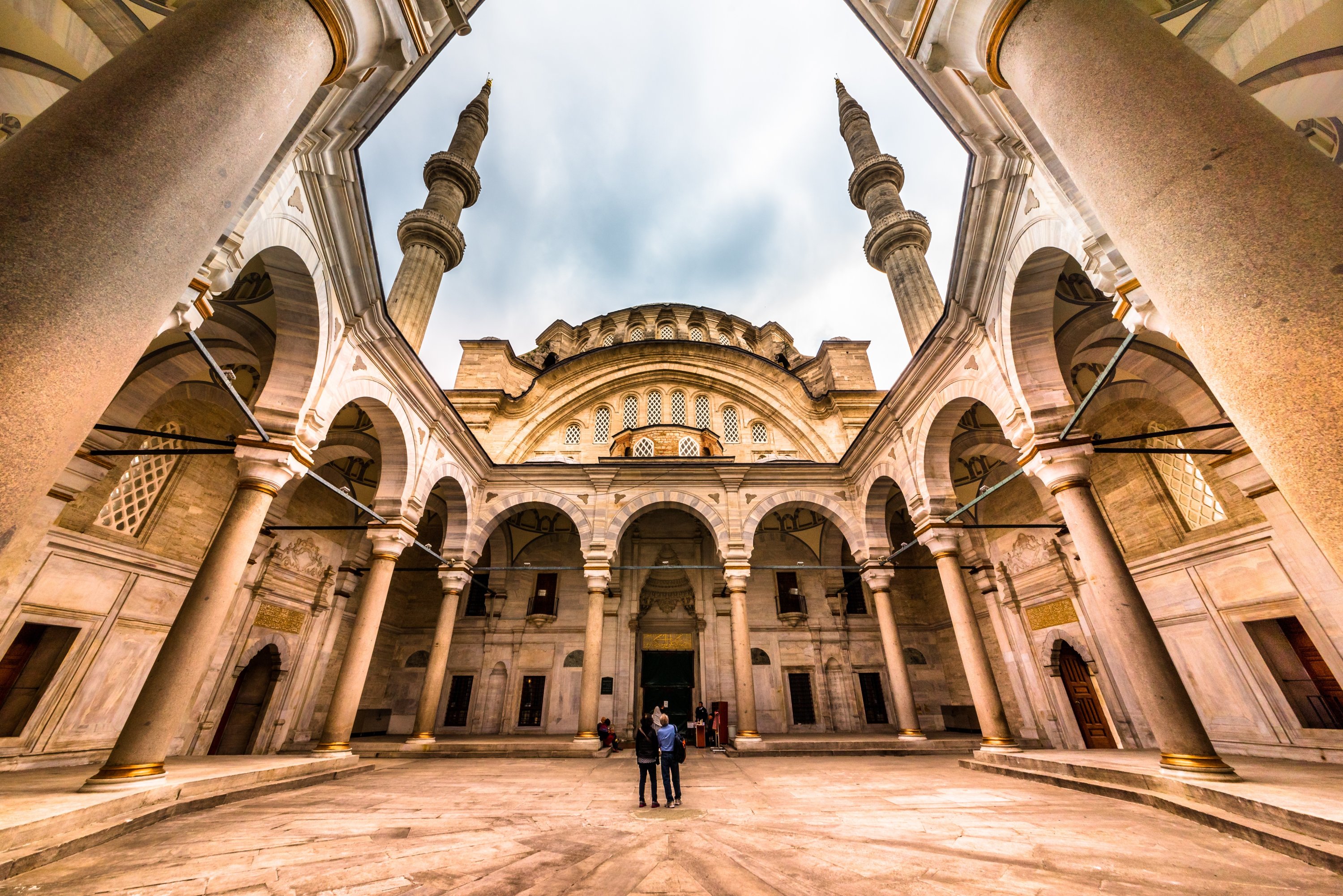
Nuruosmaniye Mosque
During his short reign, Sultan Osman had many public construction and charity works built. He ordered the completion of the Nuruosmaniye Mosque, which was started during the reign of Sultan Mahmud I. Since this was a waqf (charitable foundation) started by his elder brother, the sultan received the fatwa of the sheikh al-Islam as heir in order to complete the mosque as proof of his efforts in line with procedure and law.
The mosque was opened for worship on Friday, Dec. 5, 1755, with a ceremony. Sultan Osman was personally present and distributed alms to the poor and gifts to the ulema (scholars). Next to the mosque, whose construction lasted for six years, a madrassa, a soup kitchen, a muvakkithane (a place where prayer times are calculated), public fountains and a library were built. He also donated his books here. He commissioned inns and shops. In the place of this mosque, there had been a mosque built by Şeyhülislam Hoca Sadeddin Efendi but it was charred in the fire.
He established a neighborhood where Üsküdar Palace is located. He had the Ihsaniye Mosque built in this neighborhood, which was called Ihsaniye (Gifted Place) because it was favored by the sultan. He had a fortress, Turkish bath and mosque built in the port of Sığrı on the island of Lesbos to ward off Maltese pirates. He had the Yanık Minare Masjid rebuilt, which was destroyed with only its minaret still standing in the Otakçılar Tekkesi neighborhood. The mosque and the fountain he had built in Paşalimanı did not survive.
He had a mansion bearing his name in the garden of Topkapı Palace and a bedroom for sultans opposite the Sultan's Bath built. He lowered the walls of Şimşirlik, where he stayed for many years, and had most of its windows opened. He had a garden, arbors, a marble fountain, a pool and water fountains built there.
In March 1756, an Egyptian galleon (a multi-decked sailing ship) ran aground at Kumkapı at nightfall. Around 600 passengers could not be evacuated due to the intensity of the waves. Seeing this from the palace, Sultan Osman himself went to the spot of the incident, and the passengers were evacuated by barges brought from the shipyard. He had the Ahırkapı Lighthouse built so that such incidents would not happen again.
Bab-ı Ali, or the Sublime Porte, which was burned in the fire, was rebuilt during his reign. His wife Zevki Kadınefendi had a fountain built in Fındıklı.
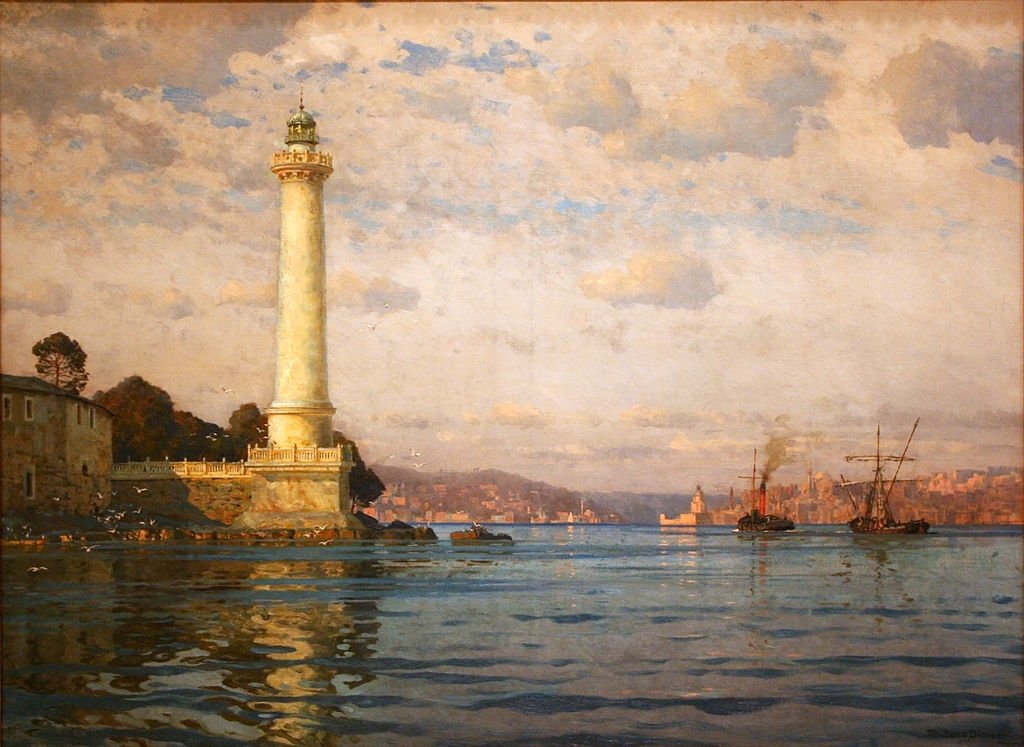
Doubt in rulership
Sultan Osman's already poor health deteriorated before the end of the third year of his reign. He became ill after the lupus on his thigh was removed. He got worse after he went to Sarayburnu Pavilion to watch the return of the navy from the campaign. He died on Oct. 29, 1757, from septicemia on his return to the palace.
He was buried next to his brother, Sultan Mahmud I, next to Eminönü Yeni Mosque. Neither his older brother nor he was buried next to the Nuruosmaniye Mosque they had built. Şehsuvar Valide Sultan is buried there.
Sultan Osman III, whose reign did not last three years, was not a bright figure like his older brother, Sultan Mahmud I. He was short-tempered; he did not trust anyone. He believed that doubt was essential in rulership. For this reason, he wanted to have information about all the things that were going on.
The sultan wanted his orders to be carried out immediately and the work to be finished instantly. However, he was gracious enough to regret any of his mistakes and know how to quickly recover from them. Although he made frequent changes in the ministry, he always tried to bring those with good morals, knowledge and high qualifications to work.
Because he was a very economical person, he was called stingy. Since the beginning of the century, the budget had always shown a surplus. This did not change during the reign of this sultan. He hated bribery and lying. For this reason, there were many who did not like him.
Osman Agha of Edirne
In some sources, it is stated that Sultan Osman was extremely pious, moral and charitable. Sultan Mahmud I and his brother Sultan Osman III were attached to the Naqshbandi Sheikh Sayyid Muhammed Muradi, who died in 1755. Sultan Osman III would visit and talk to Seyyid Ahmed Raufi, the secluded Halveti sheikh in Üsküdar Doğancılar.
Sultan Osman liked to watch tomak, javelin, rifle and arrow competitions. He was very interested in military matters. He would examine Sultan Murad IV's weapons, participate in the galleon launching ceremonies in the shipyard along with the cannon casting operation in Tophane. His handwriting was beautiful. He was fond of fruits and coffee. Like his older brother, he had no children. A şehzade was not born in the palace for 30 years.
He loved and cared for the poor. He would dress as a commoner and mingle with people under the name Osman Ağa from Edirne since his princedom and watch emissary processions; he followed the people's condition closely. He would talk to the people and gather their ideas. He paid attention to the opinions of the people.
Although it was seen as frivolous by some that Sultan Osman bought things from street vendors and ate them on the spot, it could also be considered a desire inspired by spending most of his life closed off in the palace.
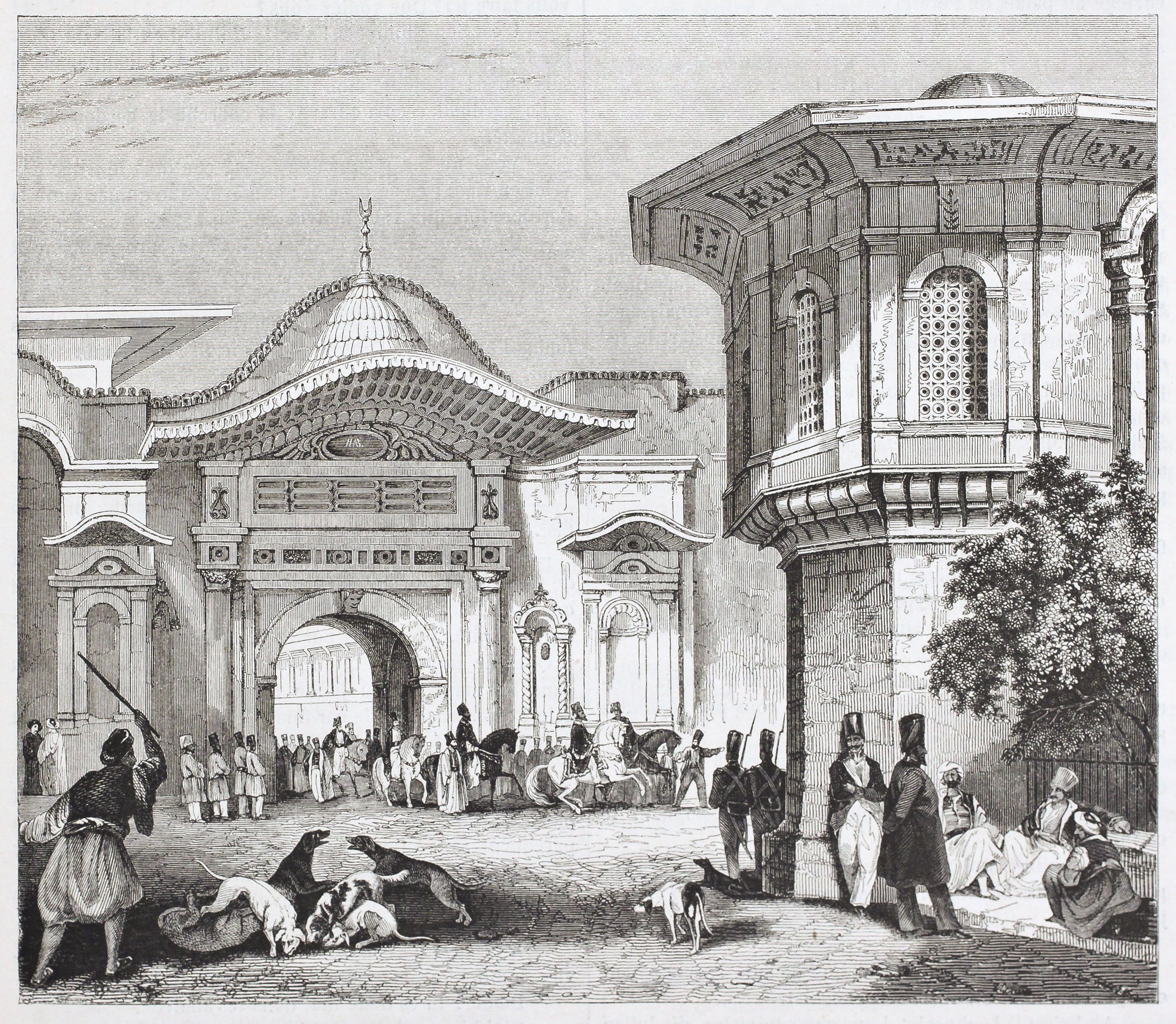
Inauspicious?
Sultan Osman III was personally concerned about the bandit activity in the country. It was decided in meetings held to prevent these movements, with the sultan in attendance, to take drastic measures. Migration from the provinces to Istanbul had been restricted for a long time. During Sultan Osman III's time, significant attention was paid to this prohibition.
Although the European states tried to attract the Ottoman government to their side due to the Seven Years' War that started in 1756, the sultan showed great care to remain neutral. There was no war in his short reign; however, the fires, the plague and the cold winter that froze the Golden Horn had worn the nation out.
Just as governors and rulers were held responsible for all disasters in ancient times, the ignorant also believed in the bad luck of the sultan. For this reason, unfortunately, it instigated an unjustified negative perspective in the history of the Ottoman Empire.
When he took the throne, Sultan Osman did not show the musicians the respect they expected; had the taverns within the city walls closed; banned those with a tobacco stick from walking on the street and prohibited the use of silver ornaments on horses. Although it is said that he would walk with shoes with iron bolted in their heels so that women would hear him and retreat to their rooms, this is not true. The fact that women were ordered to go out in plain and loose clothes only when needed and not to appear on the street during ceremonies must have started this gossip.
For this reason, modern historians tend to see Sultan Osman as a simple and conservative figure. However, these were actions based on the appeasement of the people, who always attribute the successive occurrence of disasters such as earthquakes, floods, plagues and fires to such causes.
Önceki Yazılar
-
NO MARRIAGE WITHOUT PERMISSION!24.07.2024
-
THE TRUTH OF KARBALA17.07.2024
-
CONTRIBUTIONS OF THE TURKS TO ISLAM10.07.2024
-
OUR TRADITION OF THE ENTARI (JALLABIA ) HAS YIELDED TO TIME3.07.2024
-
GALLOPING THROUGH HISTORY: THE OTTOMAN EMPIRE'S POSTAL COURIERS26.06.2024
-
SUMMER HAS COME, LET'S GO ON AN EXCURSION...19.06.2024
-
HOW DID THE TURKS LOSE THE ARAB LANDS?12.06.2024
-
IT WAS AN ART OF EXECUTIONER...5.06.2024
-
ARAB NATIONALISM AND THE TURKS29.05.2024
-
HOW DID TURKS BECOME MUSLIM?22.05.2024